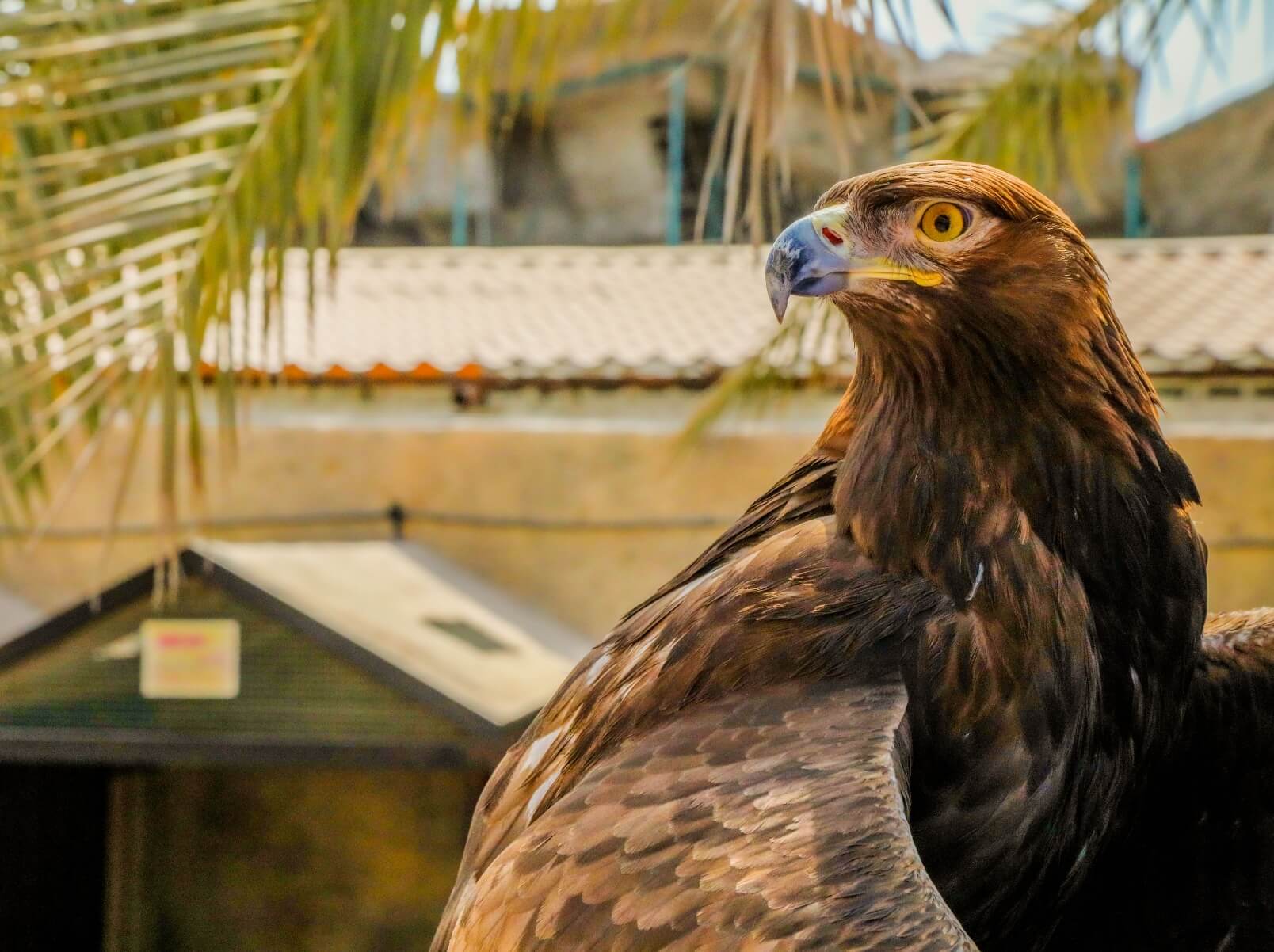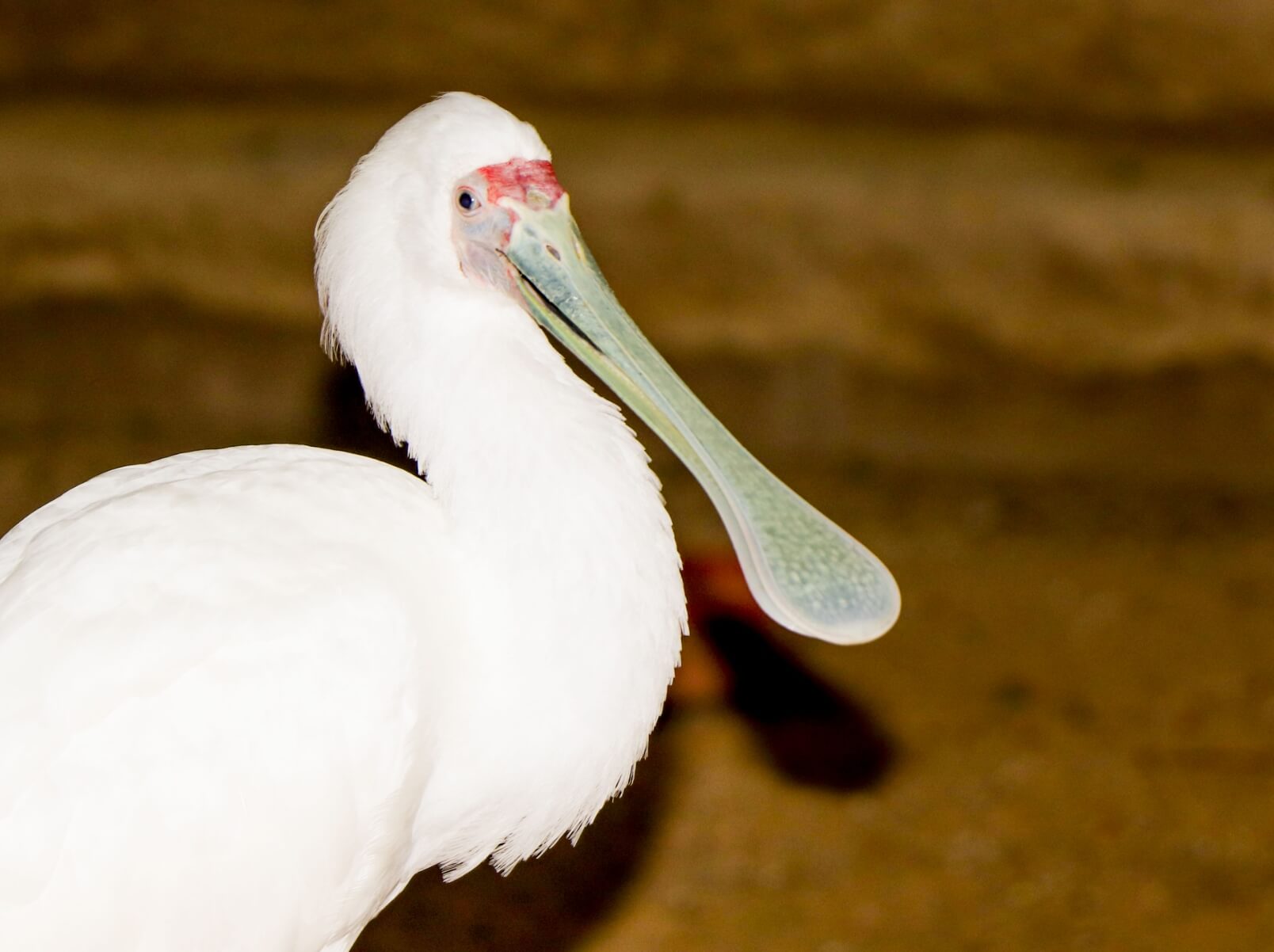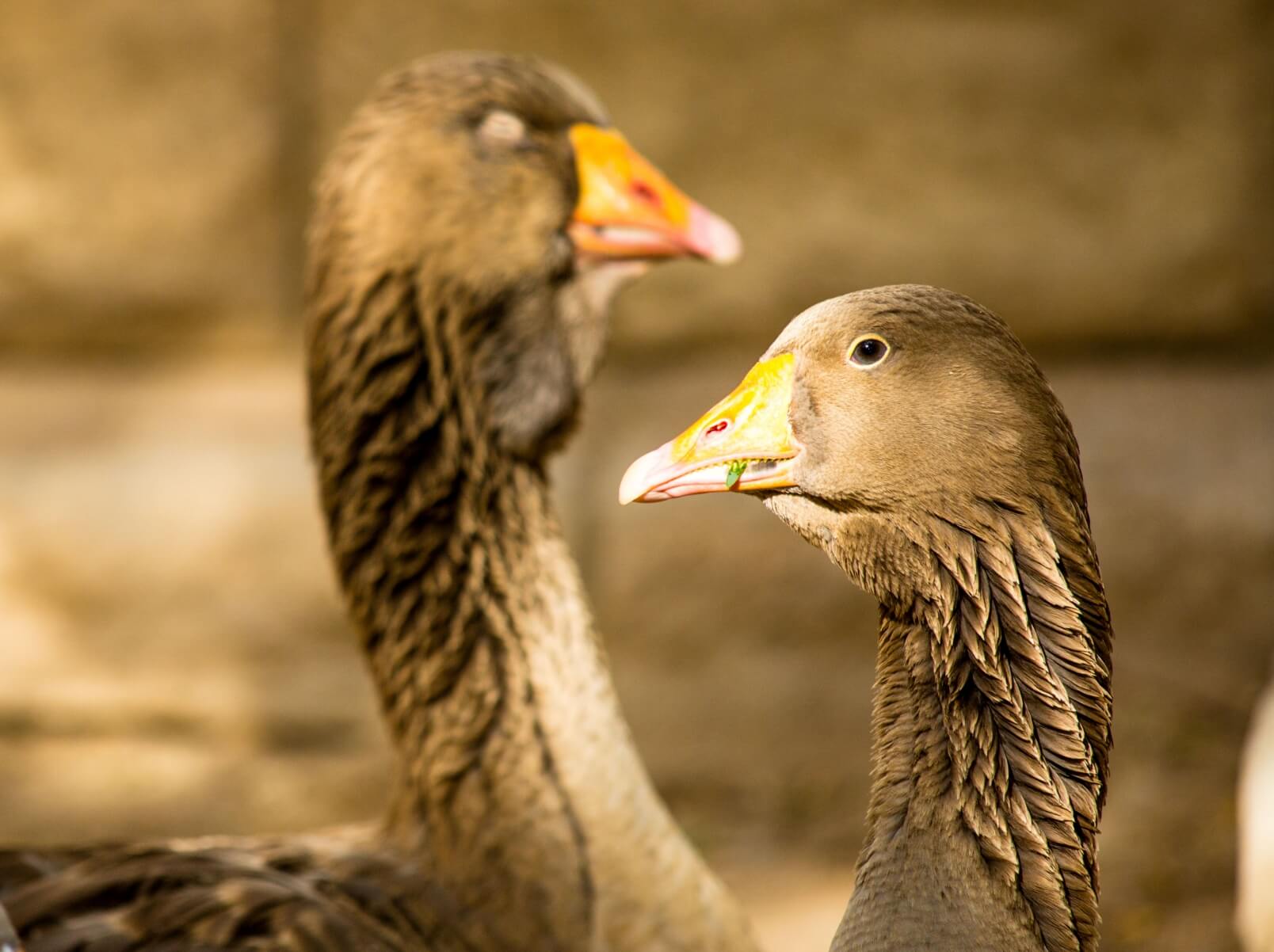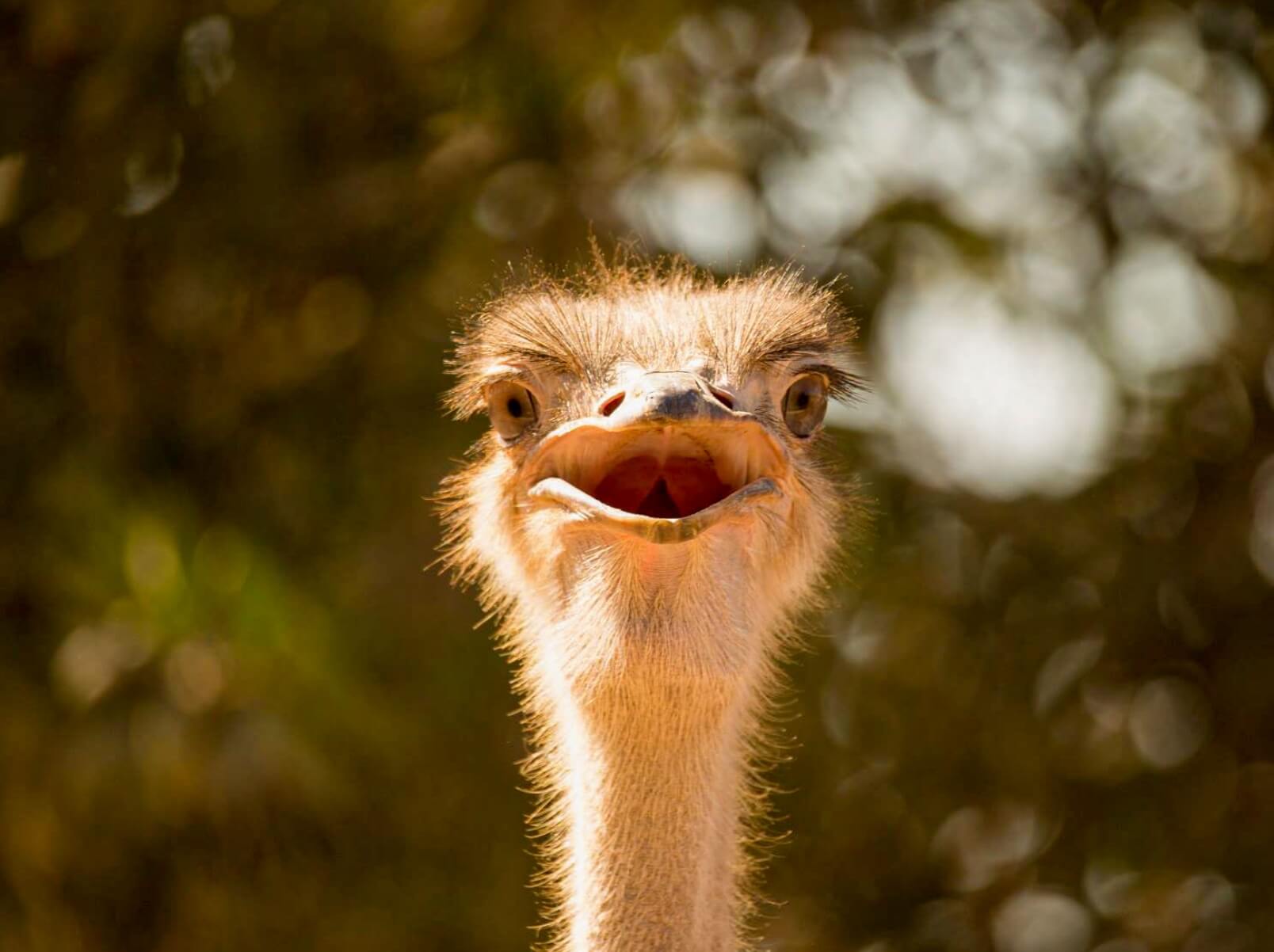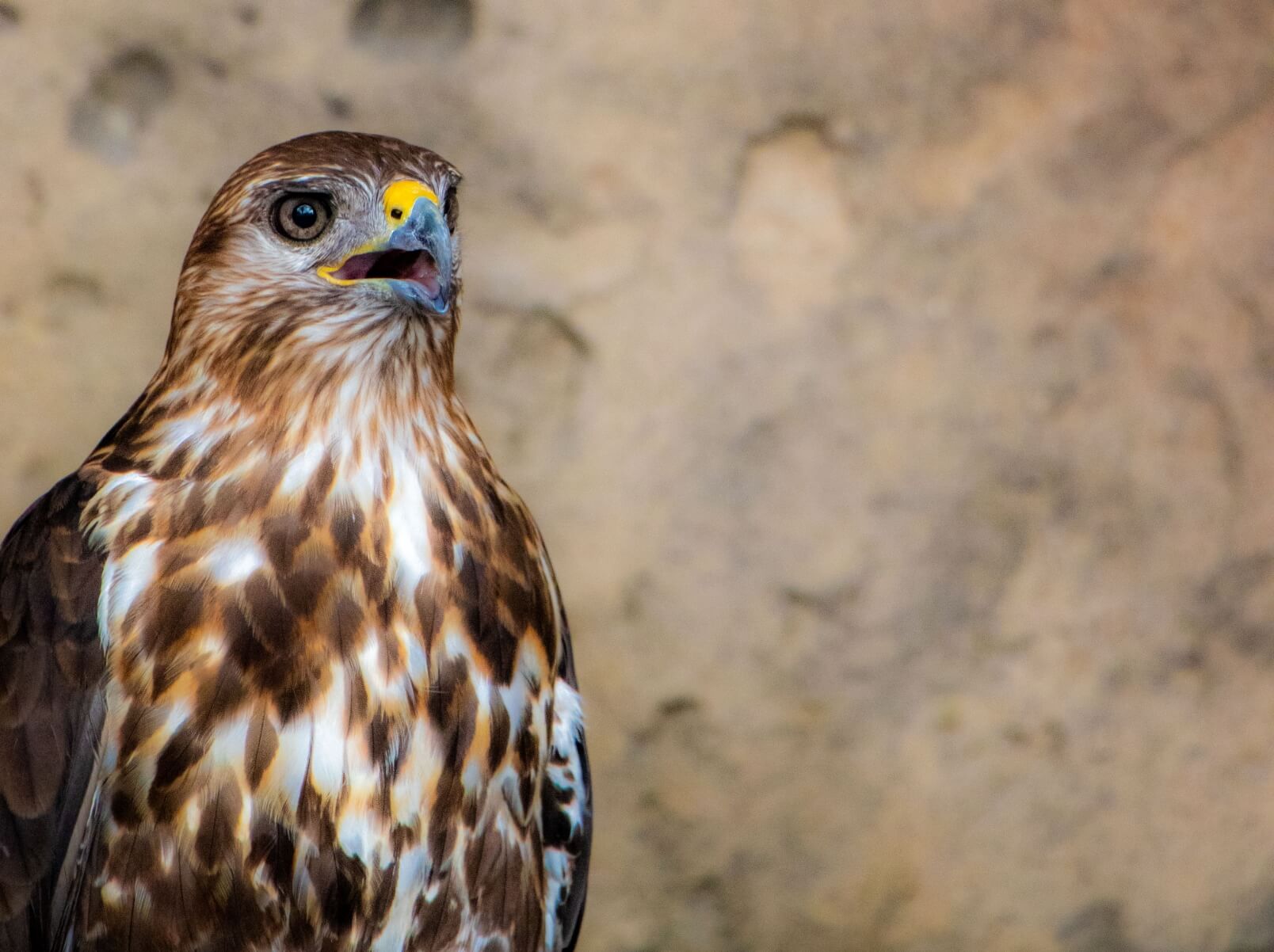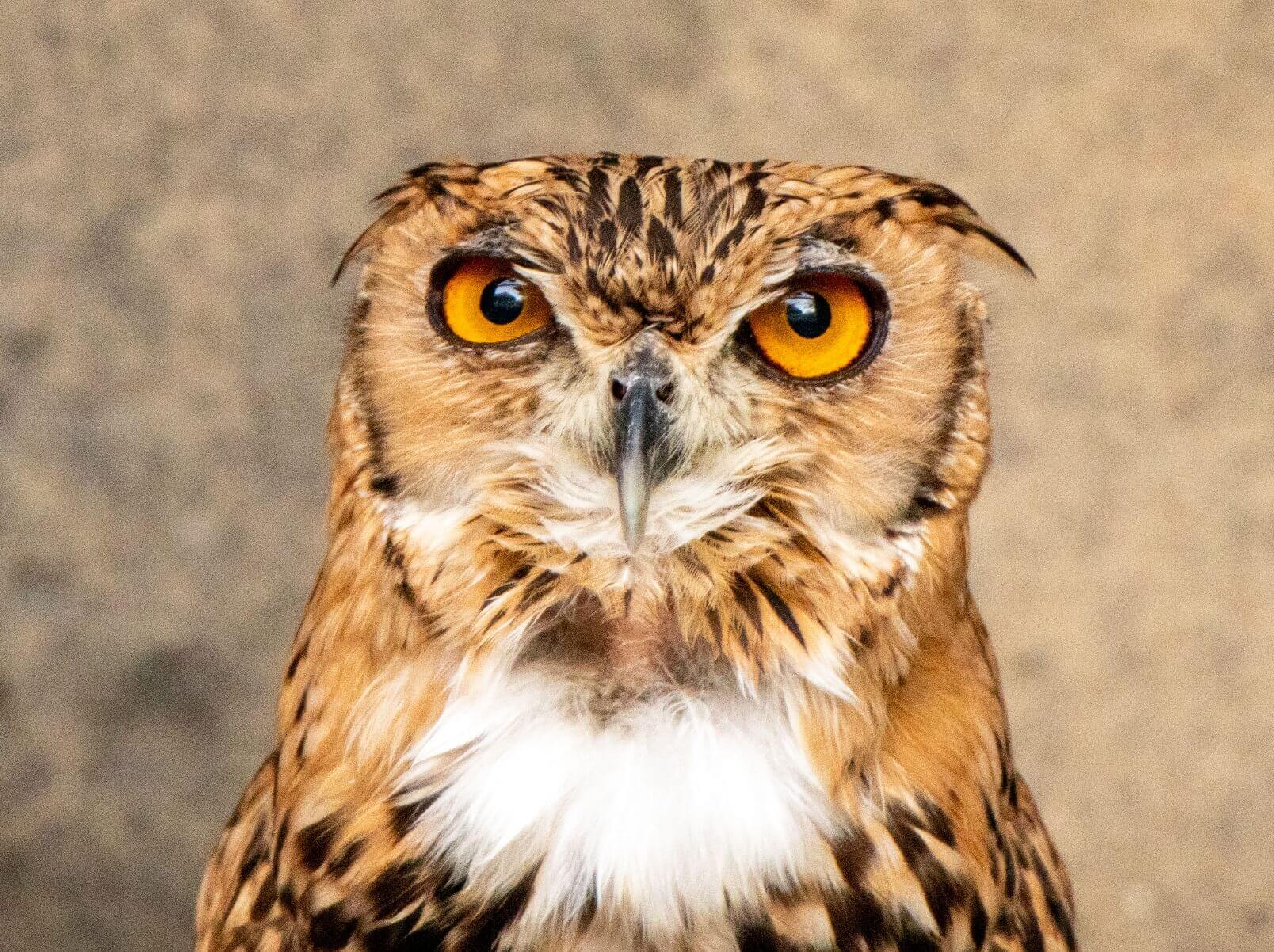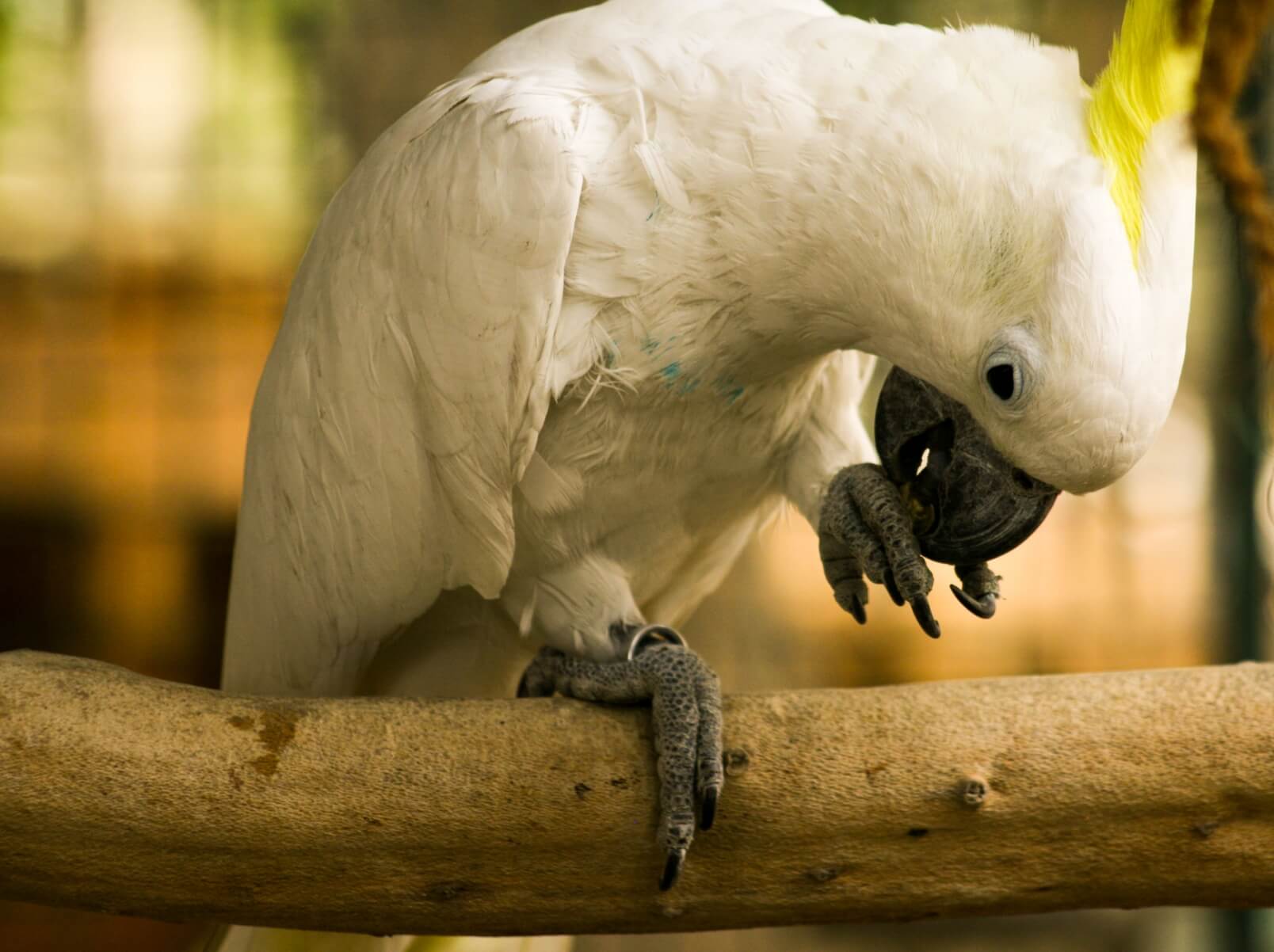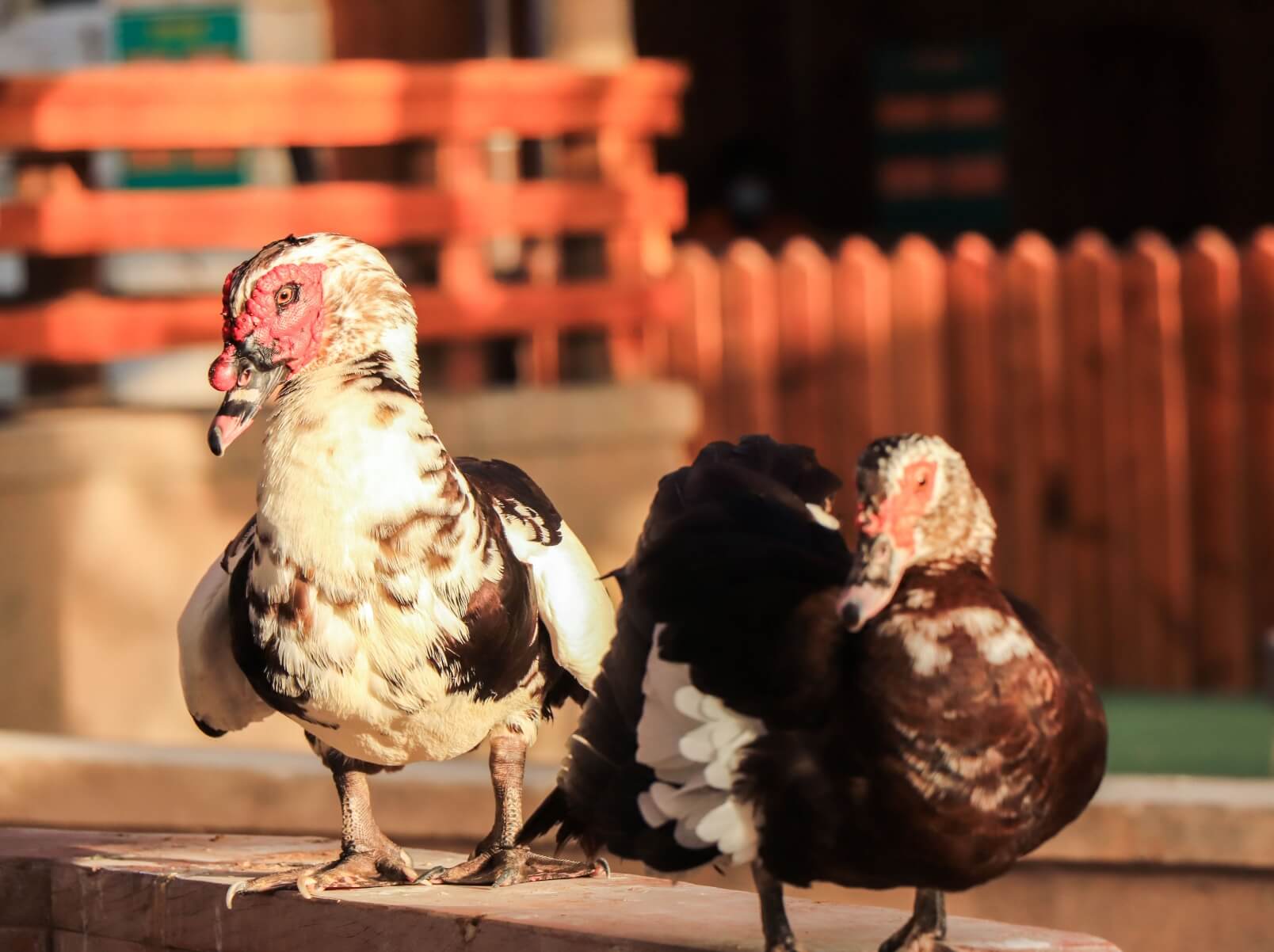INTERESTING FACTS
African cranes have elaborate courtship displays and form monogamous pairs.
They have a symbiotic relationship with cattle and follow them to feed on insects.
Some species have unique calls that can be heard from far away.
They are indicator species for wetland health and are near-threatened due to habitat destruction and hunting.
The Grey Crowned Crane is the national bird of Uganda and some species are considered sacred in West Africa.
CONSERVATION MESSAGE
African cranes are an important part of our natural heritage, but they are facing a number of threats that are putting their survival at risk. Habitat destruction, hunting, and other human activities are all taking a toll on these magnificent birds.
We need to take action to protect African cranes and their habitats. This includes preserving and restoring wetland habitats, enforcing laws against hunting, and raising awareness about the importance of these birds.
By taking action to protect African cranes, we can ensure that future generations will be able to enjoy these incredible animals and the ecological services they provide. Together, we can make a difference for African cranes and the environment.
As an individual, you can also contribute by supporting conservation organizations, volunteering at wildlife sanctuaries or zoos, or spreading the word about the importance of African crane conservation. Let's work together to save these amazing birds!
CONSERVATION STATUS
Endangered
LIFE SPAN
The lifespan of African cranes varies depending on the species. In the wild, they can live anywhere from 10 to 25 years, with some species living even longer. In captivity, their lifespan can be even longer, with some individuals living up to 30 years or more.
NATIVE HABITAT
African cranes are native to various regions of Africa. The different species of African cranes have different native habitats, but they are generally found in wetland environments such as marshes, swamps, and floodplains.
DIET
Insects, worms, snails, crustaceans, small mammals, reptiles, fish, and some plant material. They also have a symbiotic relationship with cattle and follow them to feed on insects.
HEIGHT
1.5 meters (5 feet) tall
WEIGHT
Typically ranges from 2 to 8 kg (4-17 lbs)
LENGTH
Typically ranges from 1.5 to 2 meters (5 to 6.5 feet).
Related Animals
More Animals

